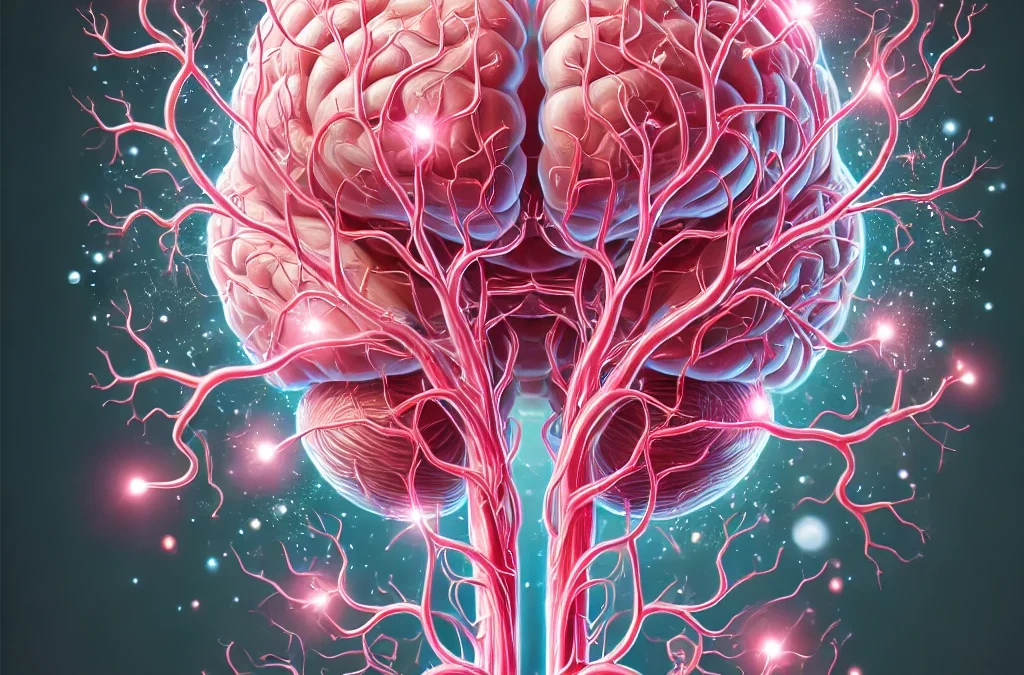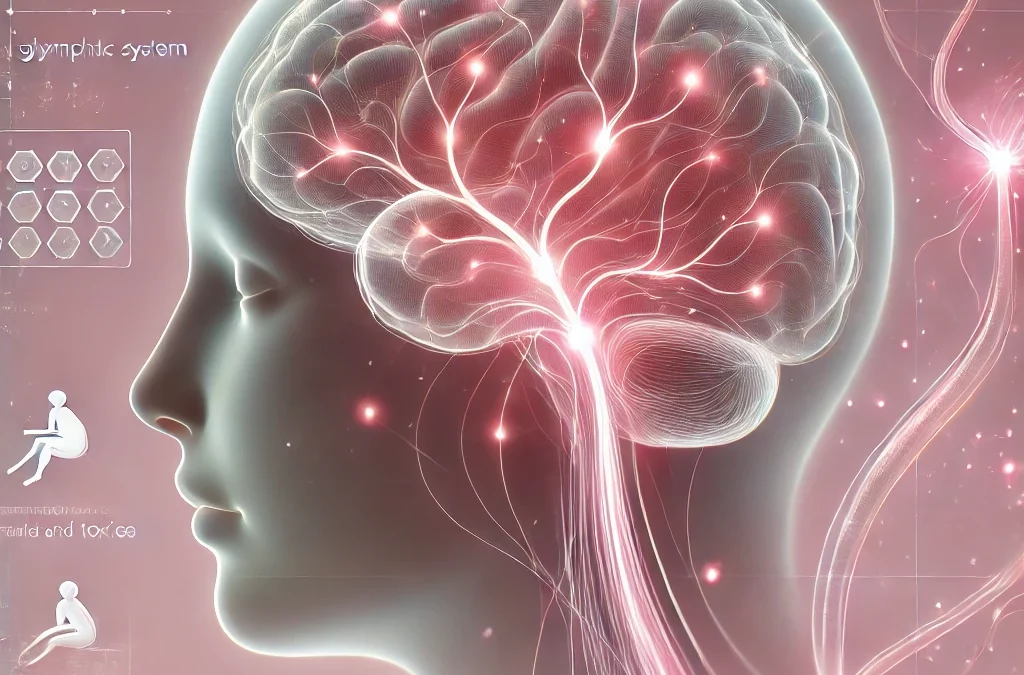It is estimated that between 836,000 and 2.5 million Americans suffer from Chronic Fatigue Syndrome, according to a 2015 report by the Institute of Medicine (IOM). Additionally, fatigue was the most common manifestation in the post-COVID period for patients recovering from SARS-CoV-2 infection. The concept of fatigue is associated with a subjective feeling of tiredness that leads to incapacity to carry out daily activities. While fatigue is a predominant symptom of Chronic Fatigue Syndrome, it is necessary to understand the entire syndrome, its main diagnostic criteria, and its treatment.
Chronic Fatigue Syndrome
According to the diagnostic criteria of the Institute of Medicine (IOM), Chronic Fatigue Syndrome is a clinical entity characterized by fatigue, post-exertional malaise, non-refreshing sleep, cognitive impairment, and orthostatic symptoms. These manifestations should be present for at least 6 months and have moderate, substantial, or severe intensity for the patient in at least half of the 6 months.
Although fatigue is the predominant complaint of individuals with this syndrome, chronic widespread pain is a common symptom that should not be overlooked. As for its cause, this syndrome cannot be associated with a single factor, as it is a multifactorial disorder induced by a combination of physiological and psychological causes.
There is an overlap of symptoms between Chronic Fatigue Syndrome and fibromyalgia, with about 70% of fibromyalgia patients also meeting the criteria for Chronic Fatigue Syndrome.
Relationship between Chronic Fatigue Syndrome and Fibromyalgia
Understanding fibromyalgia as a condition of chronic widespread pain, it is not difficult to associate it with Chronic Fatigue Syndrome. The following are similarities in criteria between fibromyalgia and Chronic Fatigue Syndrome:
- Predominance in females
- Onset typically between 20 and 50 years of age
- Overlapping symptoms: exhaustion, post-exertional malaise, generalized muscle pain, sleep disturbances, cognitive impairments, and mood disturbances
- Common associated events: precipitated by physical or emotional trauma, infection (such as COVID-19), autonomic nervous system dysfunction, and small fiber neuropathy.
Cupping Therapy for the Treatment of Chronic Fatigue Syndrome
Cupping therapy is an effective treatment strategy for Chronic Fatigue Syndrome. This technique involves myofascial release through the mobilization of pain trigger points.
Cupping therapy works by applying negative pressure, which is created by suctioning the air out of the cup. The suction on the skin promotes increased blood circulation in the mobilized area and relaxes the affected muscles. As a result, the symptoms of fatigue and chronic pain are alleviated.
Study on the Efficacy of Cupping Therapy
A study published in 2020 in the journal Science Direct titled “The effectiveness of cupping therapy on chronic fatigue syndrome: A single-blind randomized controlled trial” investigated the efficacy of cupping therapy in treating Chronic Fatigue Syndrome.
In this study, 91 participants completed a questionnaire using the Fatigue Scale (FS-14) and the Fatigue Assessment Instrument (FAI) after 5 and 10 cupping therapy sessions.
The study concluded that cupping therapy significantly alleviated symptoms of pain and fatigue in patients, improved quality of life by addressing emotional symptoms and sleep conditions. Moreover, it demonstrated that 10 sessions had better results compared to 5 sessions for patients.
Conclusion
A study examining the effectiveness of cupping therapy in Chronic Fatigue Syndrome showed positive outcomes in symptom relief and improved quality of life for patients. However, further research is needed to fully understand the mechanisms and long-term effects of cupping therapy in this context. Overall, cupping therapy offers a non-invasive and potentially effective adjunctive treatment approach for individuals with Chronic Fatigue Syndrome.
Sources
- https://www.cdc.gov/me-cfs/healthcare-providers/presentation-clinicalcourse/epidemiology.html
- Glukman, Stephen J. Clinical features and diagnosis of myalgic encephalomyelitis/chronic fatigue syndrome. In: Komaroff, Anthony L, ed. UpToDate. Waltham, Mass.: UpToDate, 2023. https://www.uptodate.com/contents/clinical-features-and-diagnosis-of-myalgic encephalomyelitis-chronic-fatigue-syndrome
- Meng XD, Guo HR, Zhang QY, Li X, Chen Y, Li MY, Zhuo XM, Wang MJ, Shan K, Gong YN, Li NC, Chen B, Chen ZL, Guo Y. The effectiveness of cupping therapy on chronic fatigue syndrome: A single-blind randomized controlled trial. Complement Ther Clin Pract. 2020 Aug;40:101210. doi: 10.1016/j.ctcp.2020.101210. Epub 2020 Jun 20. PMID: 32891286.
This writing is the original and exclusive property of Carolina Pintos and is protected under copyright law. Unauthorized use of the same without the express consent of Carolina Pintos will be subject to prosecution under applicable laws.






